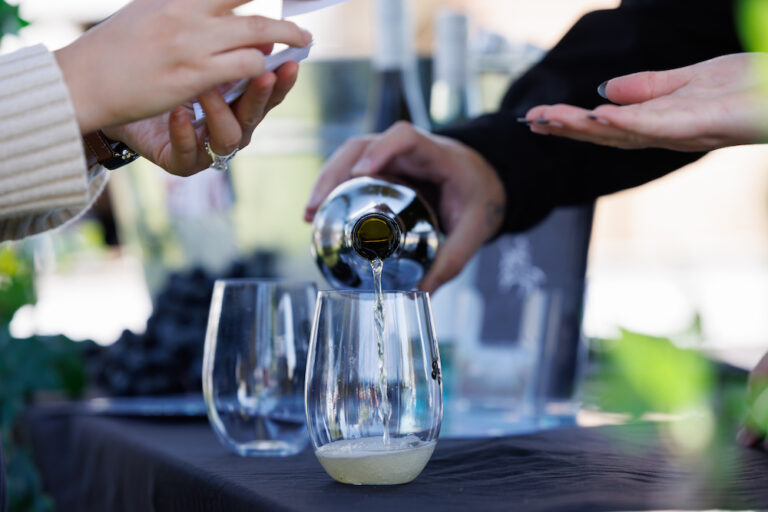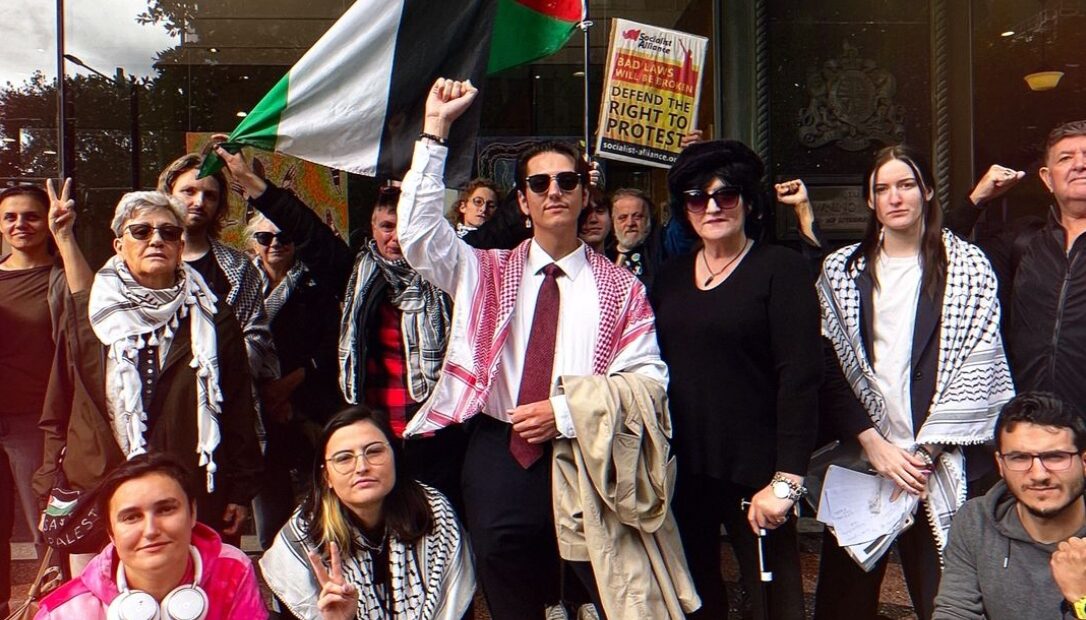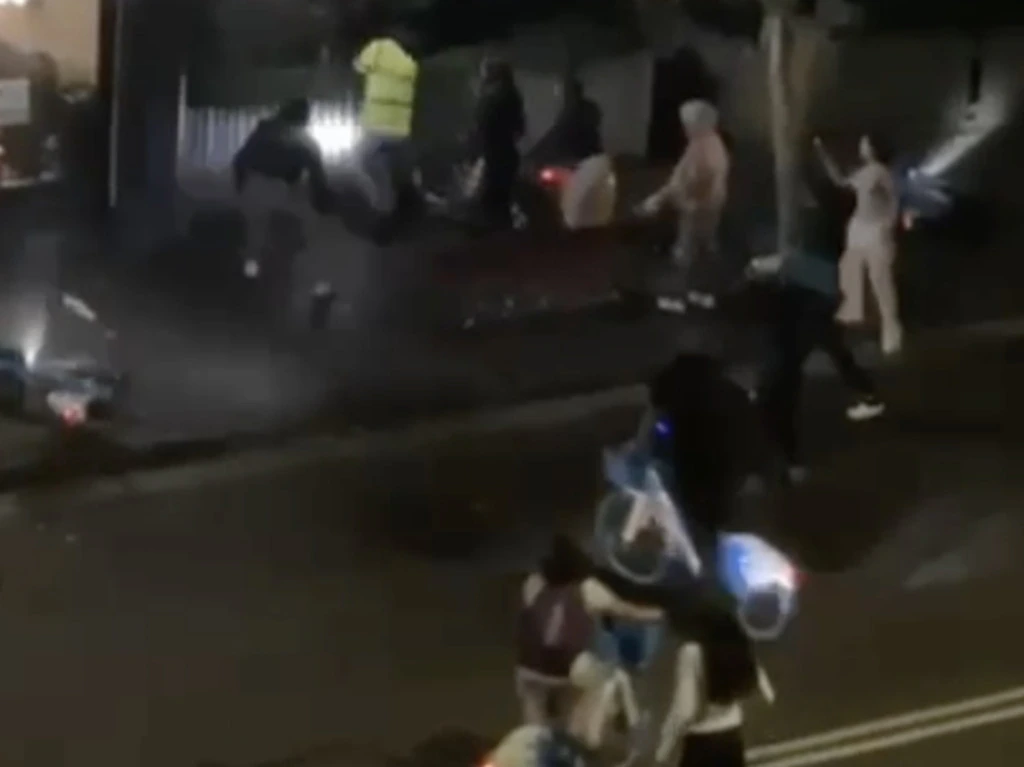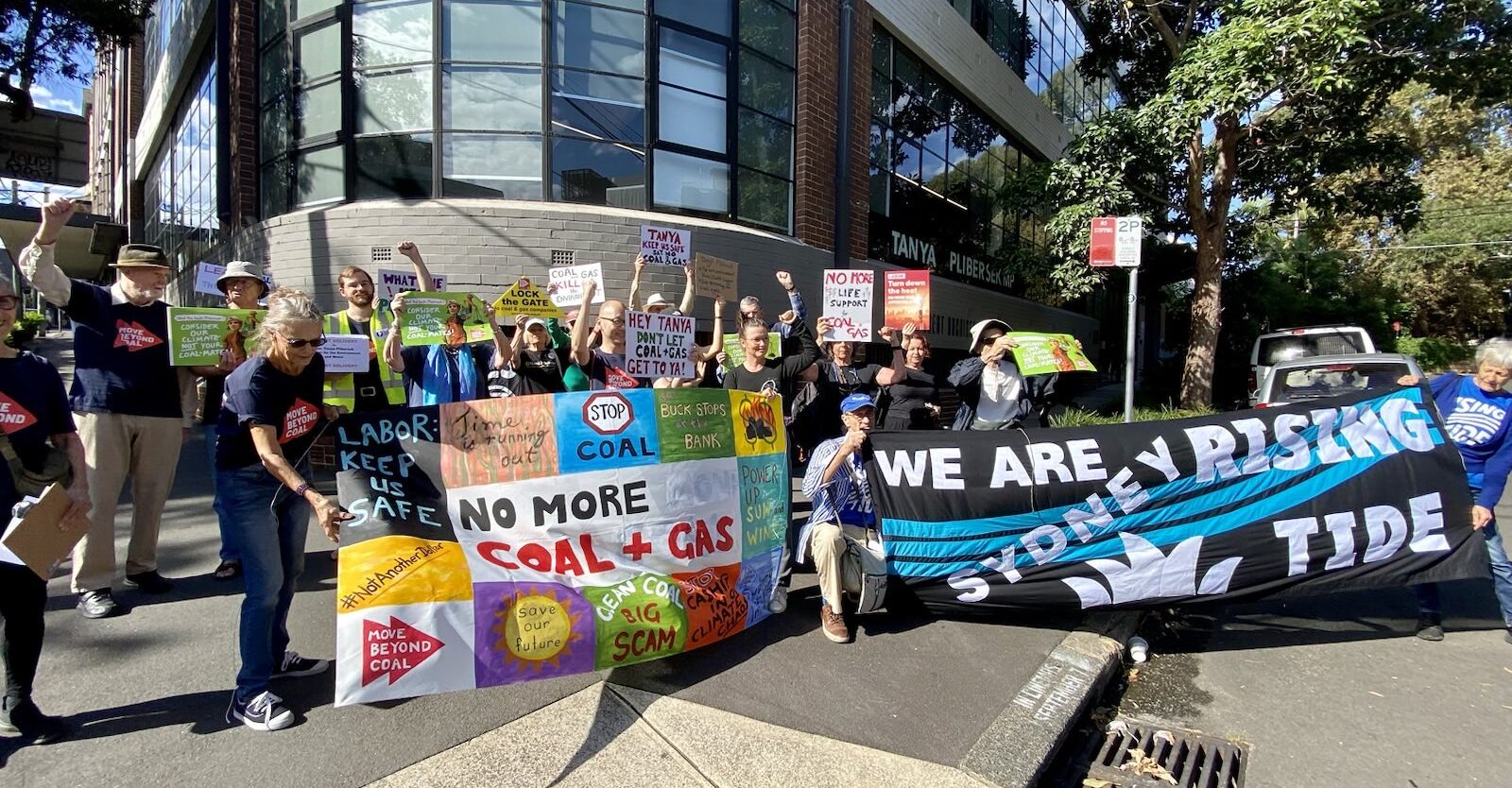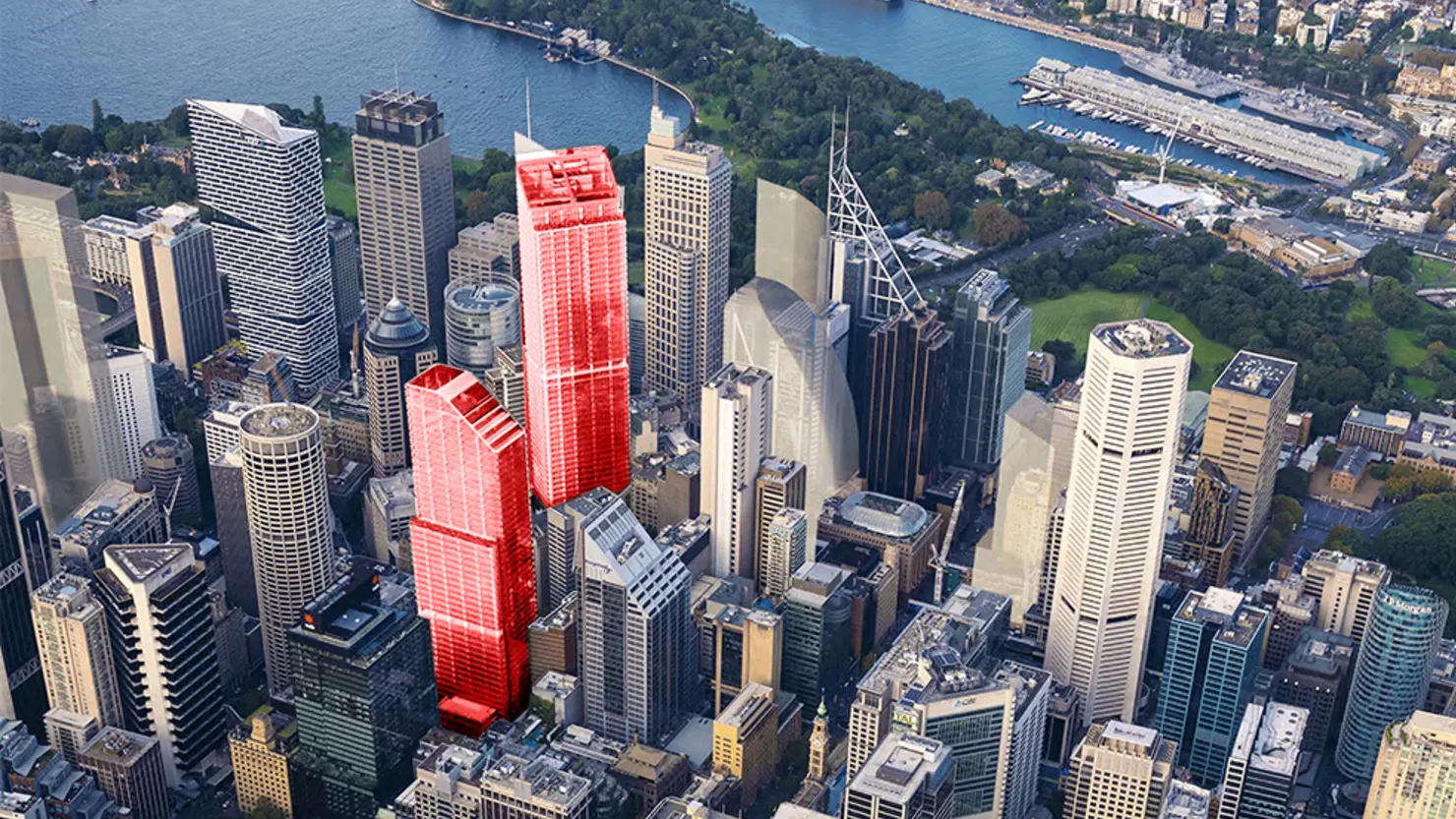
Skatepark saga continues

Opinion by ANDREW WOODHOUSE
Take my one-minute quiz. Question: when is a park not a park?
Answer: when its open space, the one thing that defines it, is reduced.
And what if it’s jam-packed already with two cafés, mega-concrete paths, a gym, tennis courts and club kiosk, a cricket oval (complete with white picket fence), grandstand, football playing fields, sail drying area, off-leash dog playground for man’s best friend, two toilet blocks and a kayak launch ramp?
This is Rushcutters Bay Park today. It’s under threat from further open space reductions. Now another mega-structure is proposed by Woollahra Council.
The park is controlled by two councils, Sydney Council on its western side and Woollahra Council on the eastern side. Woollahra Council proposes a mega-Olympic swimming pool-sized skateboard structure. Paradoxically, the very name Woollahra is Aboriginal for a sitting down place.
Ms Charlotte Feldman, President of the Darling Point Society and a public paladin for common sense, is concerned. She says, “If we let people in charge destroy the harbour foreshore and the beauty that we love, then respect for heritage, and for green open space, becomes even more paramount. People need open space for their health and well-being, both mental and physical.”
Green lungs needed
The neighbouring Sydney Council agrees. It’s expanding and revitalising our public domain by injecting $400 million by 2030 to increase open space by 16.2 per cent and has already increased open space by 23.5 hectares since 2004.
Why? Because these spaces are people’s backyards in dense cities with high-octane living environments. They are our green lungs. More trees and spaces increase canopy cover, help keep the city cooler and support biodiversity and native fauna.
What’s Woollahra Council doing? The reverse.
It’s being dragged by the scruff of its neck to acknowledge the park’s heritage after the NSW Heritage Office issued a 12-month Order in January 2019 stating the park is “likely to have heritage significance.” This time-line could be extended.
Council hasn’t provided a Heritage Study despite requests to do so.
And the Local Government Act section 232(1)(d) states: “The role of a councillor is to represent the collective interests of residents, ratepayers and the local community”
The “community” includes anyone with an interest in the park including those in nearby suburbs I say.
It’s true, the park has been used for physical activities in the past, such as cricket, tennis, kayaking, even 19th century golf croquet (with a circuit of hoops organised by a Mrs Harewood), but all on the Sydney Council side of the park. Woollahra Council’s proposal has three main problems: location, location, location. And locals have identified nine other better locations.
Paul Fraser, Woollahra’s Manager of Open Space and Trees, notes that, as of April 2019, council is working on “ongoing development of the [heritage] reference by consultants, whilst council awaits more information from the Heritage Council so we can respond to the Interim Heritage Order.”
Stewart Kennedy, a Rushcutters Bay resident for over eight years and keen park user, is more pointed. He asks “what exactly is going on at Woollahra Council? They apparently still want to build a skateboard structure in one of the most precious parks on the Sydney Harbour foreshore, destroying more green space.”
Overwhelming objections
Six years ago, in September 2013, Woollahra Council agreed to consider a skateboard facility. The first location in Rushcutters Bay Park was rejected by a majority of a full council in May 2017. The idea and location attracted more objections, over 12,000, than any other in Woollahra Council’s history – ever. Staff were overwhelmed. Only 22 percent of the written submissions were in favour.
In October 2017 revised plans were requested and they were approved in February 2018, but not by a full council – evading democratic due process, some say.
The current plan would be a few metres from New South Head Road with its three busy lanes of traffic, creating a major safety issue.
“But here’s the dig,” says Mr Kennedy, “council still intends to go ahead, to cut into the green space of the park and threaten mature trees. Can it do whatever it wants to? Can council ignore all park users who cherish the park: dog walkers, families, singles, sports groups, joggers, walkers, picnickers and children, who want to keep it just the way it is for everyone to enjoy?”
Locals aren’t snoozing. On June 26, Gabrielle Upton MP, State Member for Vaucluse, lodged a petition of 1,500 signatures on behalf of local residents with the NSW State Parliament registering their concerns.
It is true that with parks, less is more when it comes to reduction in open space.
After almost six years, and now 15 months from a council election, the retention of green space issue is still politically potent.


